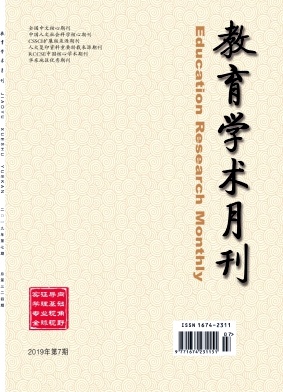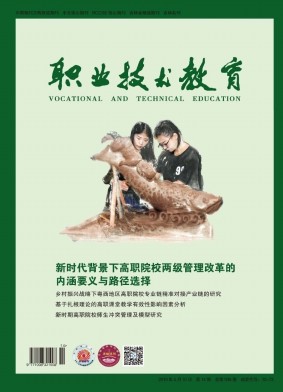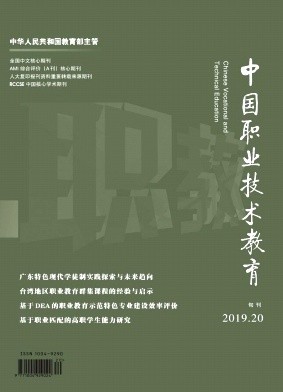富硅渣碱焙烧工艺的正交实验研究
更新日期:2020-06-01
来源:轻金属 作者:刘海洋 浏览次数:170
核心提示:《富硅渣碱焙烧工艺的正交实验研究》为作者:刘海洋最新的研究成果,本论文的主要观点为摘要:通过正交实验,研究了富硅渣进行碱焙脱硅过程中预混时间
《富硅渣碱焙烧工艺的正交实验研究》为作者:刘海洋最新的研究成果,本论文的主要观点为摘要:通过正交实验,研究了富硅渣进行碱焙脱硅过程中预混时间、碱矿质量比、反应温度、反应时间对脱硅率的影响。结果表明:对脱硅率的影响的主次顺序为:碱矿质量比>反应温度>预混时间>反应时间。最优的实验条件为:预混时间为120 s,碱矿质量比1。5:1,反应温度500℃,反应时间30 min。最优实验条件下,脱硅率为90。3%,制备了二氧化硅质量浓度为64。0 g/L、模数为0。48的硅酸钠溶液。经碳分,该产品可转化为多晶硅生产所用的原料高纯二氧化硅。脱硅渣是一种富集铁、镁等的多金属矿物。该工艺降低了碱矿质量比,提高了产品模数,有应用于高硅废渣减量化处理的潜力。 关键词:富硅渣,脱硅率,碱矿质量比,模数 Abstract: The effects of premixing time, alkali-ore mass ratio, reaction temperature and reaction time on desilication ratio of the silica-rich residue were studied by orthogonal experiment。 The results show that the order of influence on desilication ratio is: alkali-ore mass ratio > reaction temperature > premixing time > reaction time, and the optimal experimental conditions are: premixing time is 120 s, alkali-ore mass ratio is 1。5:1, reaction temperature is 500 ℃, and reaction time is 30 min。 Under the optimum experimental conditions, the desilication ratio is 90。3%, and the desilication product is sodium silicate solution with modulus of 0。48。 After carbonation decomposition, this product can be converted into high-purity silica used in polysilicon production。 The desilication residue is a kind of polymetallic mineral which is rich in iron and magnesium。 The process reduces the alkali-ore mass ratio, improves the product modulus, and has the potential to be used in the reduction treatment of high-silica waste residue。 Key words: silica-rich residue, desilication ratio, alkali-ore mass ratio, modulus。不知是否符合录用要求,望您批评与指正。
热门推荐




